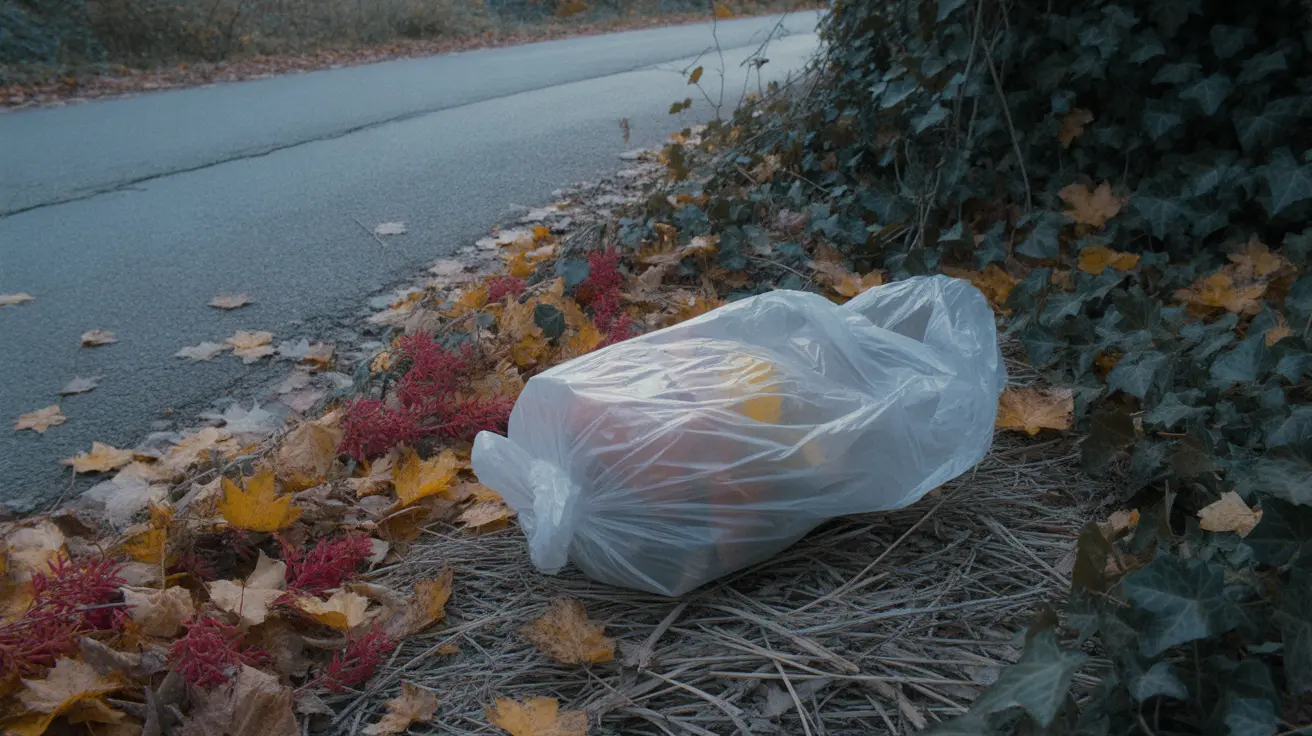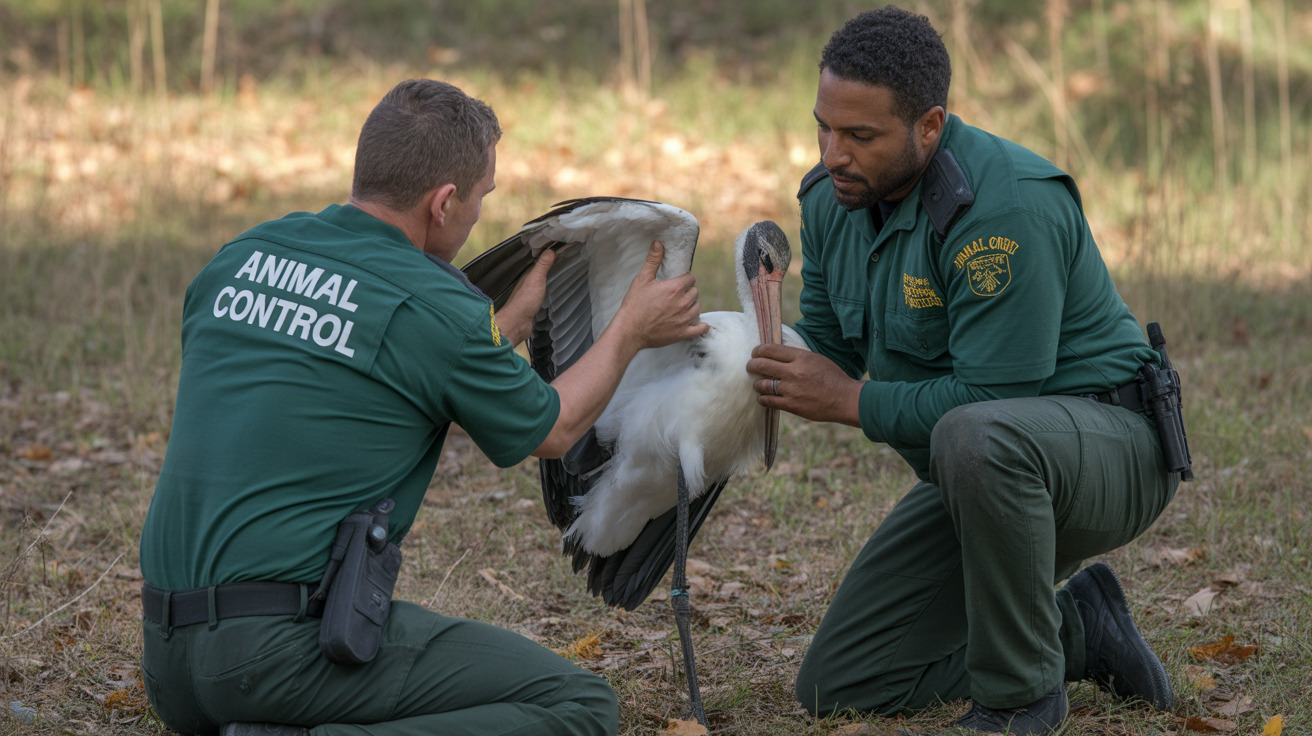Understanding When Dog Licking Becomes a Concern
Dogs naturally explore the world with their mouths, and licking is a common behavior that often carries no harmful implications. However, in some cases, excessive or persistent licking—especially of items like blankets or household objects—can signal underlying behavioral or medical issues that warrant deeper attention. Pet owners should learn to distinguish between harmless habits and potential health concerns.
Why Do Dogs Lick Blankets or Bed Covers?
There are multiple reasons dogs engage in this behavior. Some are benign, while others may indicate a problem requiring intervention.
- Comfort and Self-Soothing: Licking can be a self-soothing action derived from early puppyhood nursing behaviors. It helps dogs relax during stressful moments.
- Scent or Taste Attraction: Dogs are attracted to scents, especially those infused with their owner's body odor, food remnants, sweat, or detergents used on fabrics.
- Boredom: Lack of stimulation leads dogs to find alternative outlets, such as licking, to pass time or entertain themselves.
- Anxiety: Separation anxiety, unfamiliar surroundings, or loud environments can trigger repetitive licking as a coping mechanism.
- Medical Issues: Health problems including gastrointestinal discomfort, nausea, dental pain, skin allergies, or nutrient deficiencies can present through fabric licking.
- Attention-Seeking: Dogs may learn that licking gets attention, reinforcing the behavior if owners react consistently.
- Age-Related Cognitive Dysfunction: In senior dogs, repetitive licking may be caused by dementia or other neurological degeneration.
When Should You Start Worrying?
While not every instance of licking is alarming, watch for the following signs that may indicate a need for professional evaluation:
- Sudden increase in licking frequency or intensity
- Persistent or obsessive focus on specific objects or body parts
- Licking accompanied by vomiting, appetite loss, drooling, or lethargy
- Visible signs of pain, oral discomfort, or skin irritation
- Licking disrupting daily activities or sleep patterns
- Lack of interest in toys, food, or normal stimuli
Behavioral vs Medical: How to Tell the Difference
Understanding the root cause is crucial. If the behavior coincides with stressors (moving homes, changes in routine, new family members), it may be behavioral. If physical symptoms are also present, pursue a medical assessment.
Steps to Address Problematic Licking
- Exercise and Engagement: Regular physical activity, interactive play, and mental stimulation like puzzles or treat-dispensing toys help combat boredom-driven licking.
- Veterinary Checkup: If you notice unusual licking patterns or accompanying signs of illness, consult your vet to rule out underlying conditions.
- Improve Hygiene: Frequently wash blankets, cushions, and bedding to remove enticing residues and odors.
- Use Deterrents: Apply pet-safe bitter sprays to frequently licked areas to reduce the appeal.
- Positive Behavior Training: Reinforce alternative actions using rewards. Teach commands like “leave it” to help the dog disassociate from the object.
- Comfort Tools for Anxiety: Create a calm space using familiar toys, calming music, or safe crates where dogs can retreat when stressed.
- Don’t Reinforce Unwanted Behavior: Avoid giving attention during licking episodes. Instead, reinforce positive behavior with affection or treats.
When to Seek Professional Help
If the behavior persists despite these interventions, it’s wise to consult a veterinarian or a certified canine behaviorist. Professionals can assess for medical issues or create a behavioral management plan tailored to your dog’s specific needs.
Key Takeaways
- Not all licking is problematic—context matters.
- Key triggers include stress, boredom, pain, scent, or medical imbalances.
- Respond with environmental changes, exercise, training, and medical evaluation.
- Monitor patterns; identify changes early to prevent escalation.
- Early intervention can protect your dog’s emotional and physical health.
Awareness and understanding go a long way toward ensuring your dog remains healthy and emotionally balanced. Licking is often a communication tool—pay attention to what your pet may be trying to tell you.





